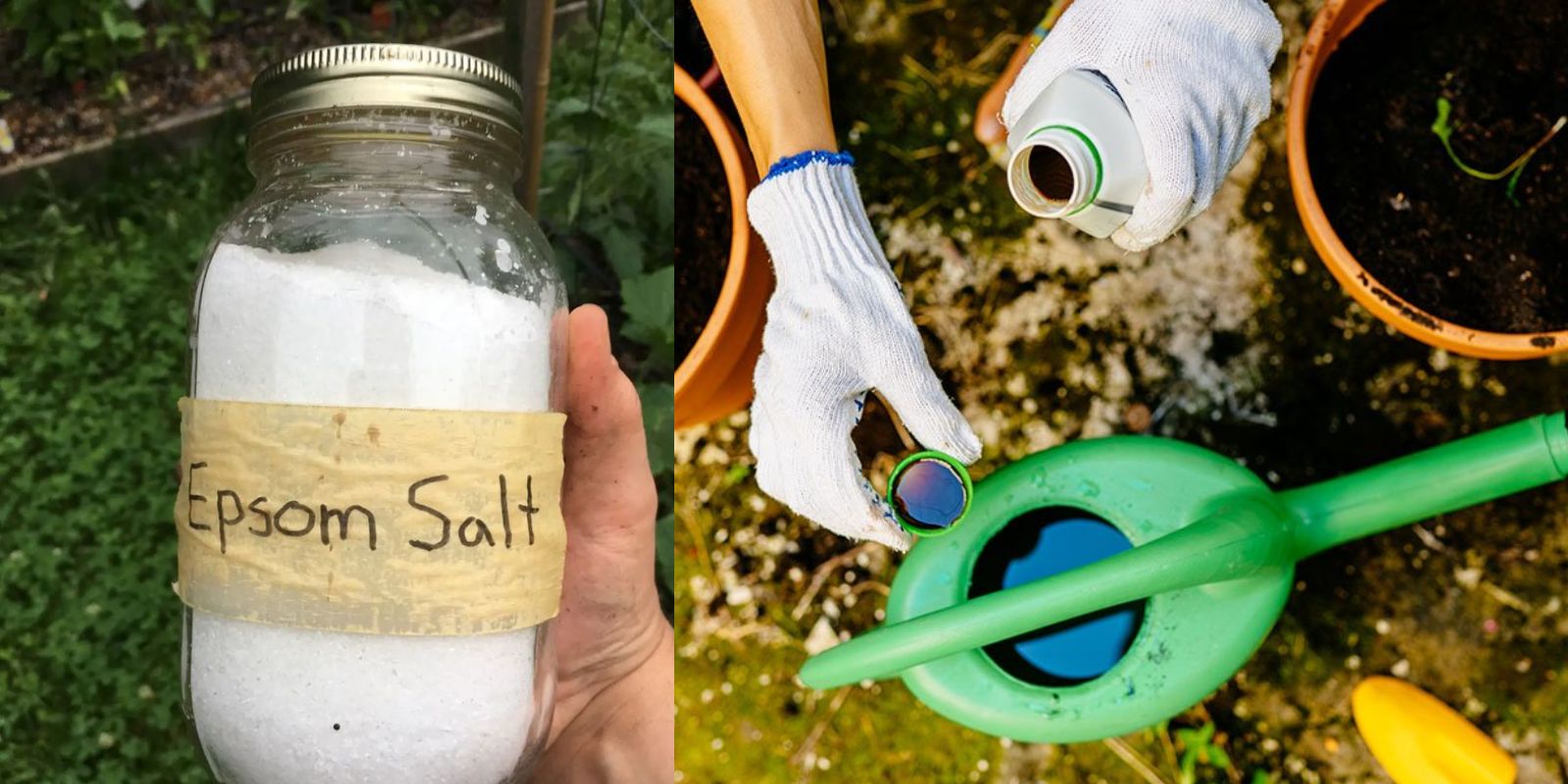When it comes to cultivating a thriving garden, the importance of balanced nutrition cannot be overstated. While nitrogen is vital for leafy growth, not all plants require high levels of it. Excess nitrogen can lead to leggy plants with minimal flowers, fruits, or robust root systems. For this reason, low-nitrogen fertilizers have become a go-to choice for gardeners aiming to optimize growth for blooms, fruits, and roots without overburdening their soil.
In this article, we will explore the importance of low-nitrogen fertilizers, their benefits, and how to use them effectively. We’ll also discuss 11 fantastic low-nitrogen fertilizer options and their application techniques to ensure your garden flourishes.
Why Choose Low-Nitrogen Fertilizers?
Low-nitrogen fertilizers are essential for plants that prioritize blooms, fruits, and root growth over excessive foliage. Crops like tomatoes, peppers, flowering plants, and root vegetables (e.g., carrots and beets) perform better when the nitrogen content is balanced or reduced.
Some benefits of low-nitrogen fertilizers include:
- Balanced Growth: Prevents lush foliage at the expense of fruits and flowers.
- Soil Health: Avoids nitrogen overload, which can deplete essential nutrients over time.
- Eco-Friendly: Reduces runoff that may harm waterways and ecosystems.
11 Best Low-Nitrogen Fertilizers and How to Use Them
Here’s a detailed look at the best low-nitrogen fertilizers for your garden and how to incorporate them effectively:
1. Bone Meal
Bone meal is an organic, slow-release fertilizer high in phosphorus, perfect for root and flower development.
- Application: Sprinkle 1-2 tablespoons into the planting hole or mix with soil before planting bulbs and flowering plants.
2. Rock Phosphate
This mineral fertilizer is excellent for improving soil’s phosphorus levels over time, encouraging better flowering and stronger roots.
- Application: Add 2-3 pounds per 100 square feet of soil. It’s best used before planting perennials or fruit trees.
3. Fish Bone Meal
Derived from fish bones, this fertilizer offers phosphorus, calcium, and trace elements for enhanced flowering and plant health.
- Application: Mix with soil around the plant’s base during the growing season for an organic nutrient boost.
4. Potassium Sulfate
An ideal potassium source, this fertilizer strengthens plants and enhances fruit and flower production.
- Application: Dilute with water according to the manufacturer’s instructions and apply during active growth.
5. Wood Ash
A natural byproduct of burning untreated wood, wood ash is rich in potassium and micronutrients.
- Application: Sprinkle lightly over the soil but avoid overuse, as it can raise soil pH.
6. Compost Tea
Compost tea is a nutrient-rich liquid fertilizer made from steeped compost. It enhances soil microbes and improves plant growth.
- Application: Water your plants with compost tea every 2-3 weeks to promote overall plant health.
7. Gypsum
Gypsum is a soil conditioner that provides calcium and sulfur without affecting nitrogen levels.
- Application: Spread 1-2 pounds per 100 square feet of soil for clay soils or compacted areas.
8. Kelp Meal
This organic fertilizer is derived from seaweed and provides trace minerals and potassium for plant vitality.
- Application: Sprinkle 1-2 tablespoons around the base of each plant or mix into potting soil.
9. Greensand
Greensand is a slow-release fertilizer rich in potassium and trace minerals that improve soil structure.
- Application: Incorporate into the soil at 5-10 pounds per 100 square feet before planting.
10. Granite Dust
A long-lasting soil amendment, granite dust improves soil texture and provides a steady source of potassium.
- Application: Mix with soil during preparation for perennial beds or vegetable gardens.
11. Sul-Po-Mag (Langbeinite)
This natural mineral fertilizer supplies sulfur, potassium, and magnesium, ideal for balancing soil nutrients.
- Application: Use 1-2 tablespoons per plant or follow package instructions for larger areas.
How to Choose the Right Low-Nitrogen Fertilizer
Selecting the right fertilizer depends on your plants’ specific needs. Here’s a simple guide to help you decide:
- For Flowers and Fruits: Prioritize phosphorus-rich options like bone meal or fish bone meal.
- For Root Vegetables: Choose potassium-heavy fertilizers like wood ash or greensand.
- For General Soil Health: Opt for organic options like compost tea or kelp meal to improve microbial activity.
When and How to Apply Low-Nitrogen Fertilizers
- Timing: Apply during the active growth stage or when preparing soil before planting. Avoid late-season fertilization, as it can disrupt plant dormancy.
- Dosage: Always follow package instructions to prevent over-fertilizing.
- Application Method:
- Broadcasting: Spread evenly over the soil for large areas.
- Targeted Feeding: Apply directly around plant roots for focused nutrition.
- Liquid Application: Use diluted liquid fertilizers for easy absorption.
Benefits of Low-Nitrogen Fertilizers for Sustainable Gardening
Using low-nitrogen fertilizers aligns with sustainable gardening practices. It promotes responsible nutrient use, reduces environmental impact, and fosters long-term soil health. By incorporating these fertilizers into your gardening routine, you’re ensuring a more eco-friendly and productive growing environment.
Common Mistakes to Avoid
- Overusing Fertilizers: Even low-nitrogen fertilizers can lead to nutrient imbalances when over-applied.
- Ignoring Soil Testing: Always test your soil to determine its specific nutrient needs.
- Using the Wrong Fertilizer: Match the fertilizer to the plant’s growth stage and requirements.
Conclusion
Low-nitrogen fertilizers are a game-changer for gardeners seeking balance and sustainability in their gardens. From enhancing flower production to strengthening root systems, these fertilizers provide essential nutrients while avoiding the pitfalls of excessive nitrogen.
Whether you’re a seasoned gardener or just starting out, the options outlined in this guide will help you grow healthier, more productive plants. So, roll up your sleeves and give your garden the nutrient boost it deserves!
🌱 What’s your favorite low-nitrogen fertilizer? Share your tips and tricks in the comments below! Let’s grow together! 🌸
#GardeningTips #LowNitrogenFertilizer #SoilHealth #OrganicGardening #PlantCare #SustainableGardening #BackyardGarden #GrowYourOwnFood #GardenLovers #EcoFriendlyGardening

